A Program of Talks on a Very Curious Old Technology: The Interview (May 22, 2024 @2pm)
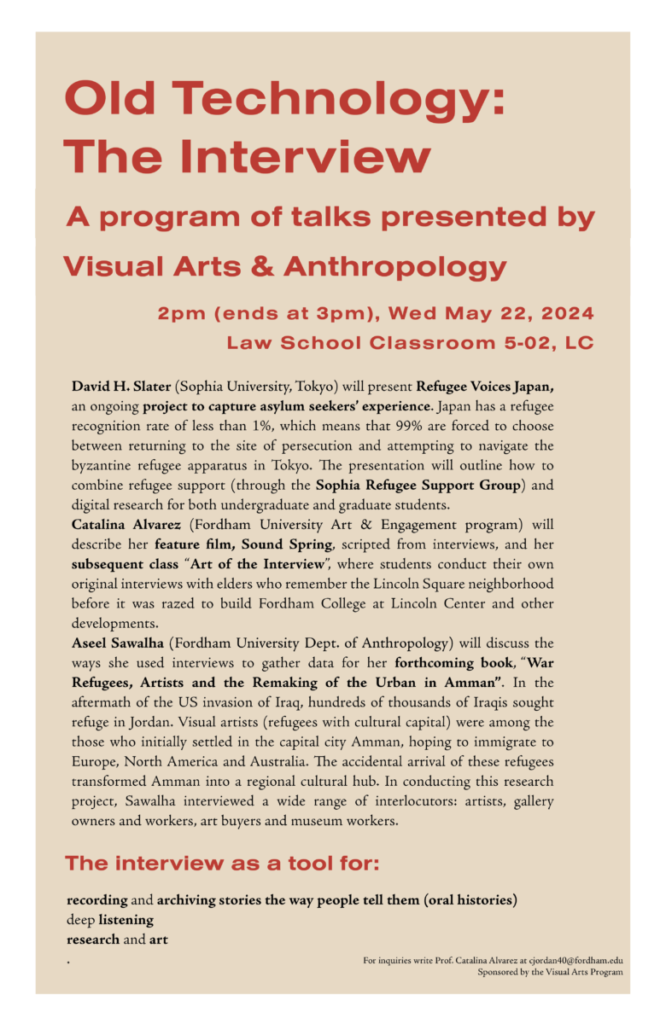

Drum roll, please—clocking in at 312 pages with over 3,000 images and approximately 87 miles of behind-the-scenes walking over nine days—the Case Study Tokyo 2023 book is complete!
Take one part working methodology from the influential 1972 book, “Learning from Las Vegas: The Forgotten Symbolism of Architectural Form,” combine it with the megacity of Tokyo, add Fordham University Gabelli students, stir for ten days in Japan, and what do you get? You acquire knowledge through experience with a small team, realized in a research volume focusing on branding, sensory marketing, architecture, design, photography, and urban planning.
Preview the entire book online.
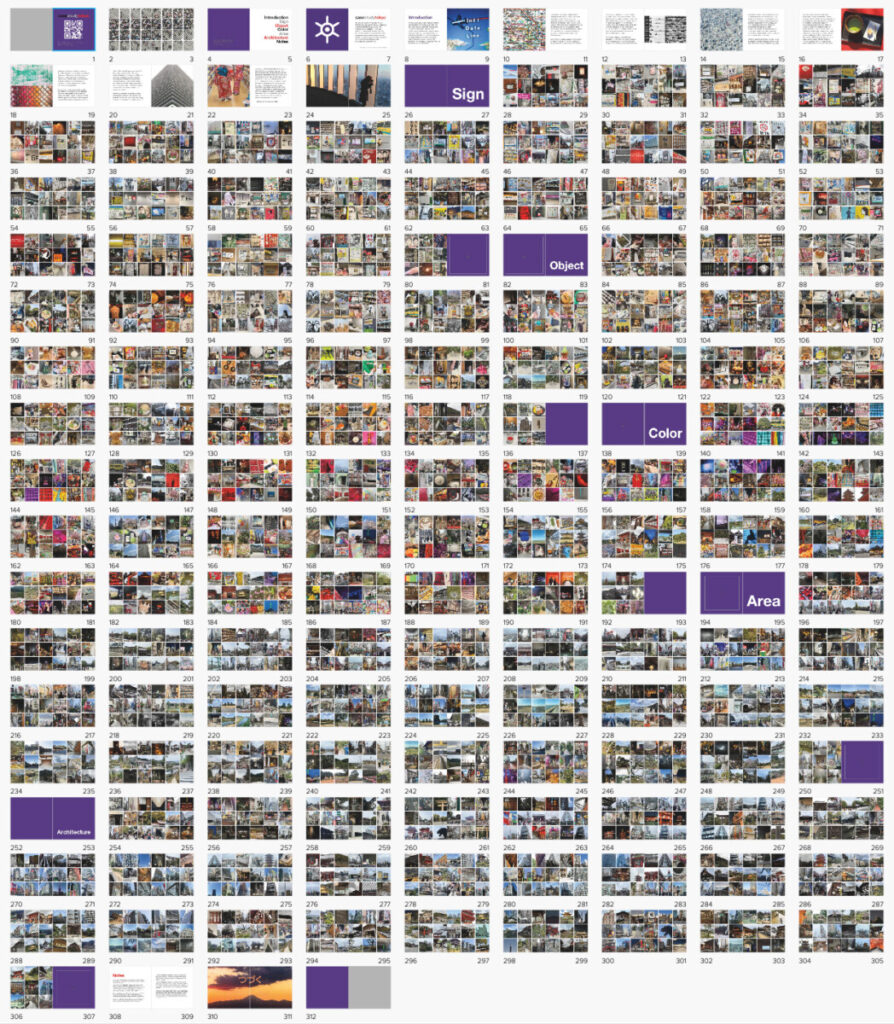
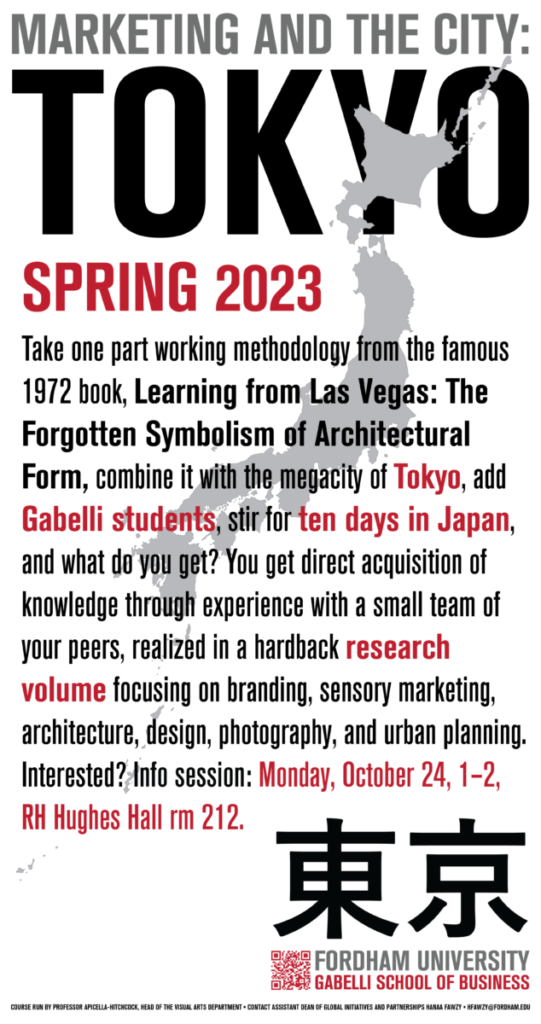
I am pleased to announce to you the completion of a project that is very dear to me. Clocking in at 438 pages with over 4500 images, Case Study Tokyo 2020 by the Gabelli School of Business is finally here!
Take one part working methodology from the influential 1972 book, Learning from Las Vegas: The Forgotten Symbolism of Architectural Form, combine with the megacity of Tokyo, add Fordham University Gabelli students, stir for ten days in Japan and what do you get? You get direct acquisition of knowledge through experience with a small team, realized in a hardback research volume focusing on branding, sensory marketing, architecture, design, photography, and urban planning.
Hearty congratulations to the intrepid researchers: Madison Burkart, Branden Cheung, Kaia Corthell, Alexa Cucchiara, Shauna Fortier, Alexander Gardner, Sekai Kaminski, Fionna Lui, Declan McCabe, Sraboni Paul, Anja Pelkola, Raimundo Sanchez, Amanda Scacalossi, Samantha Schwartz, Joseph Sellmeyer, Polina Yafizova, Kevin Zhang, Yiyun Zheng.
Preview the entirety of the book HERE. As well, you can order in softcover or two different hardcover formats. Enjoy!

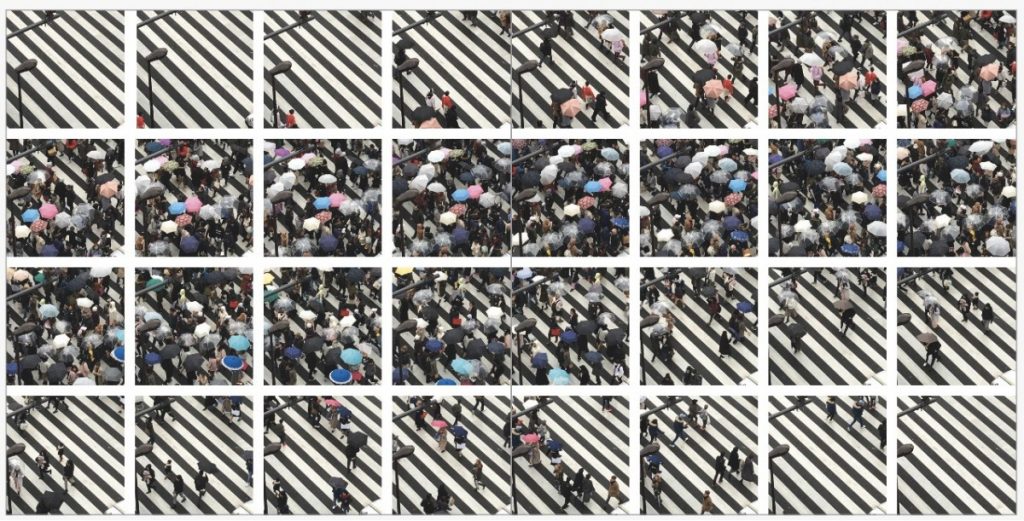
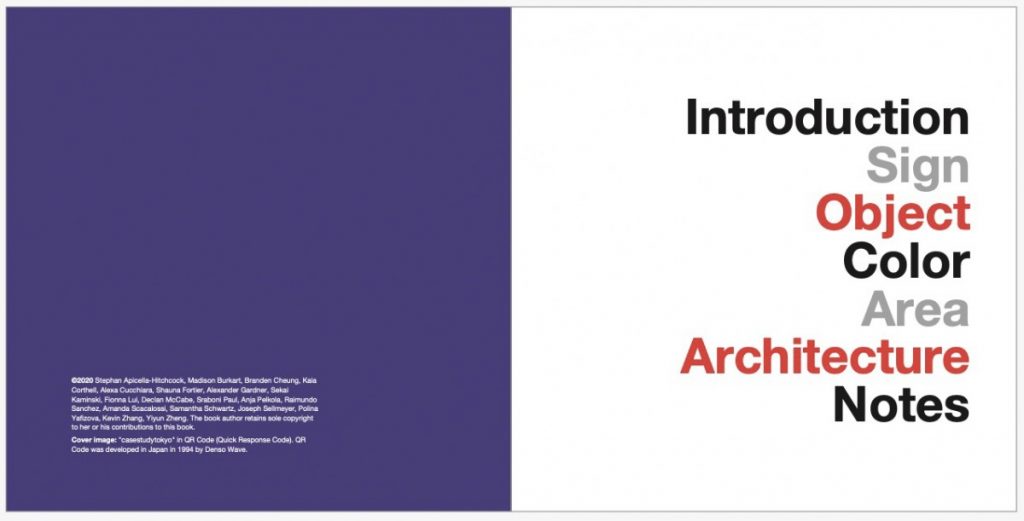


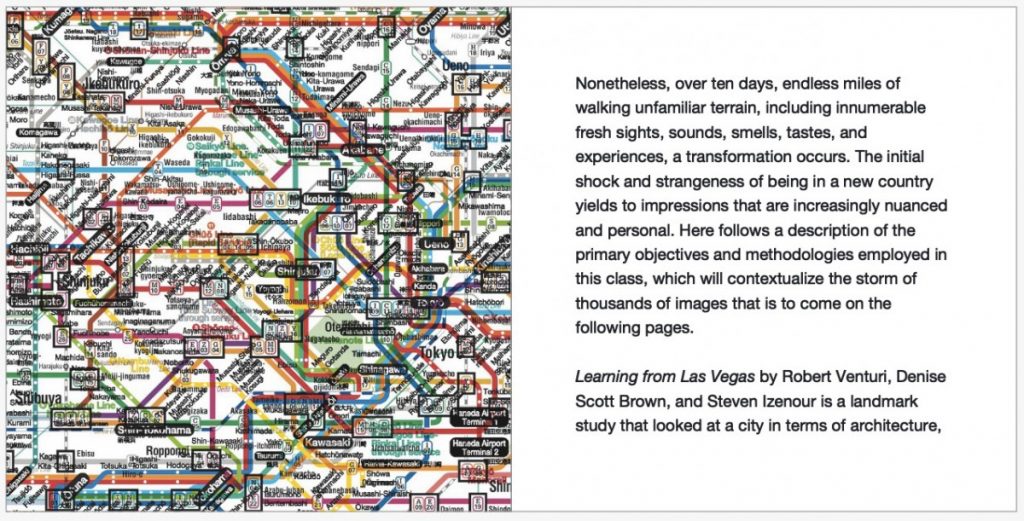
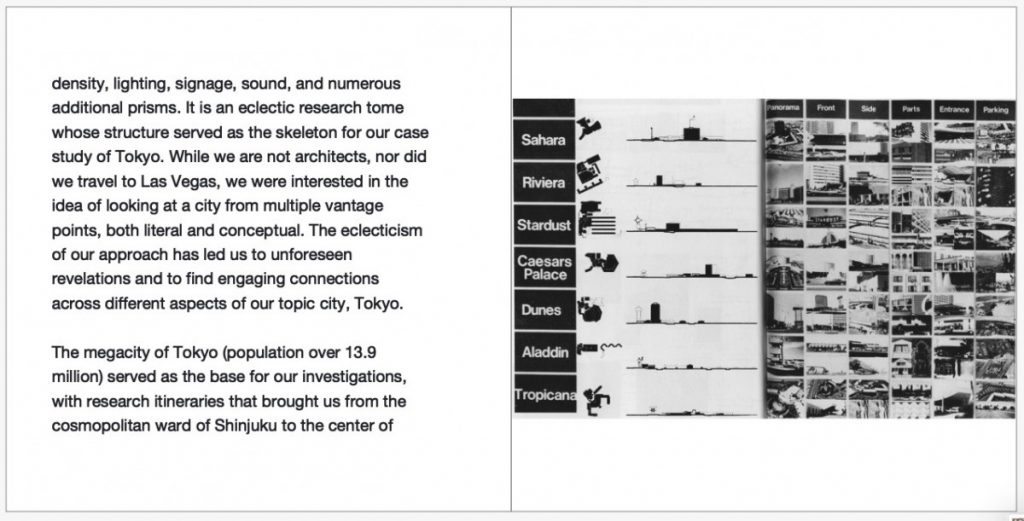
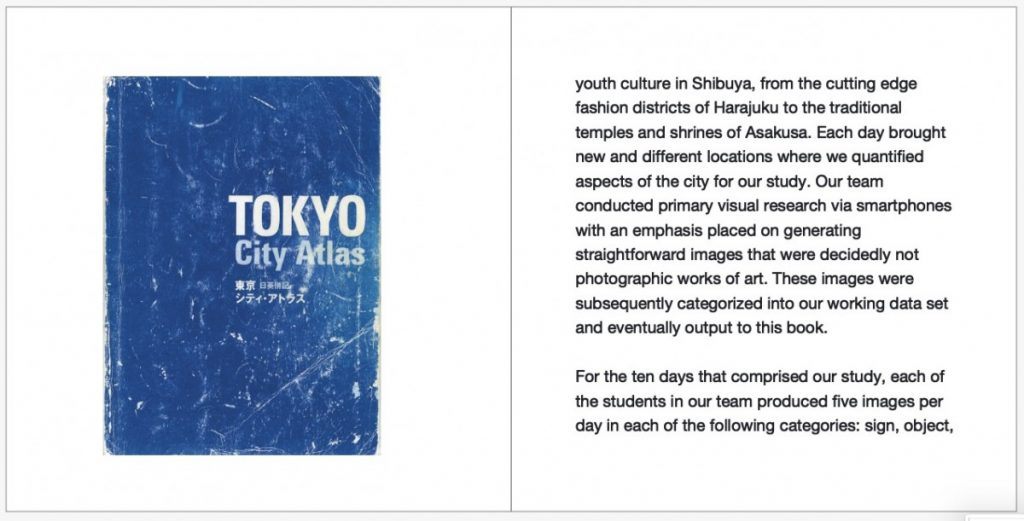
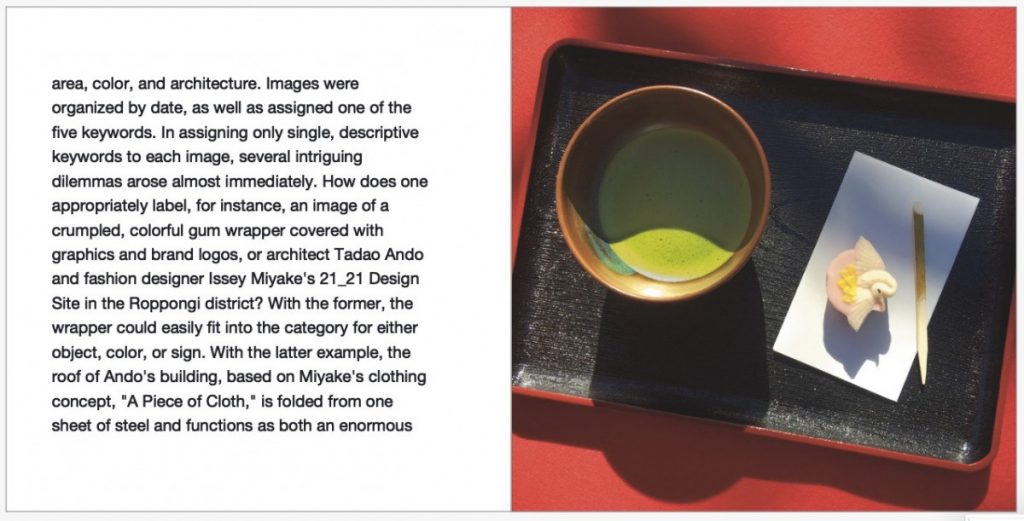
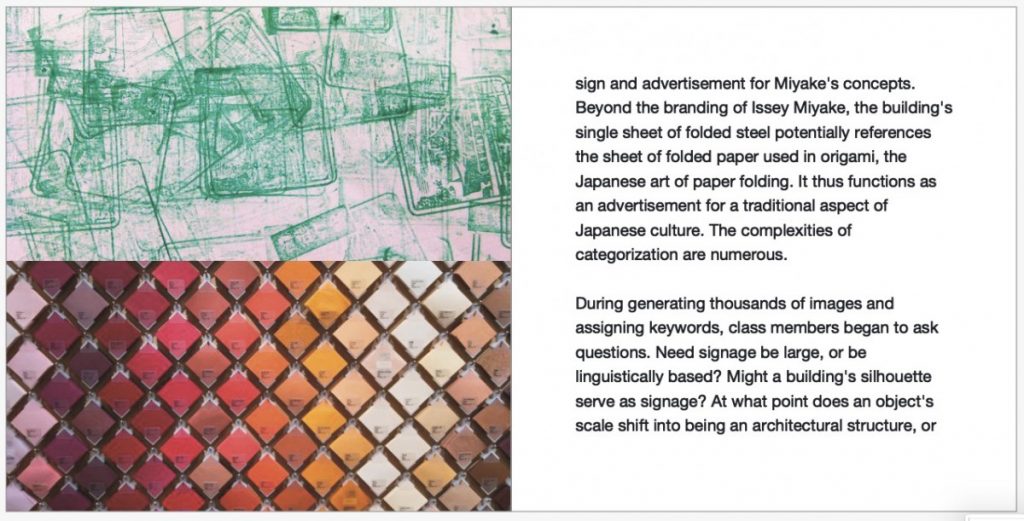
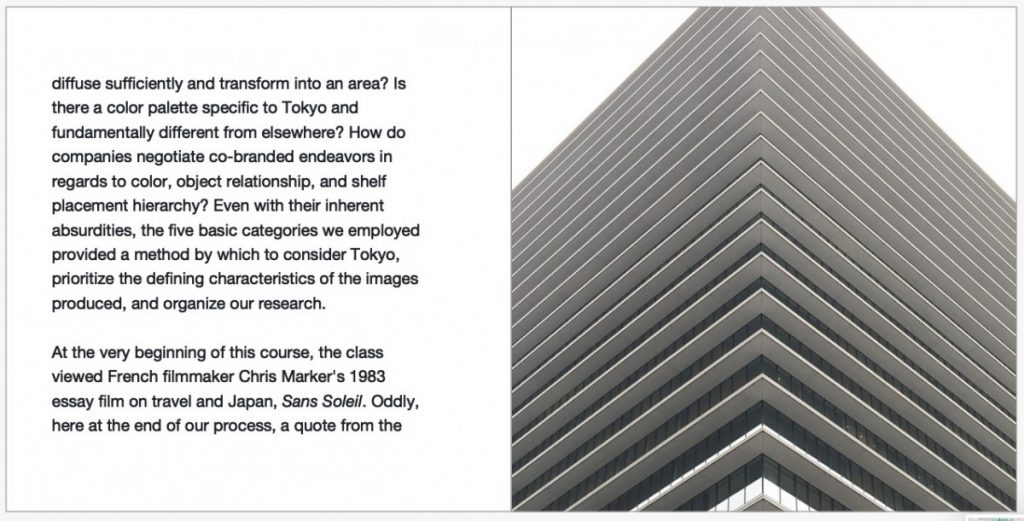
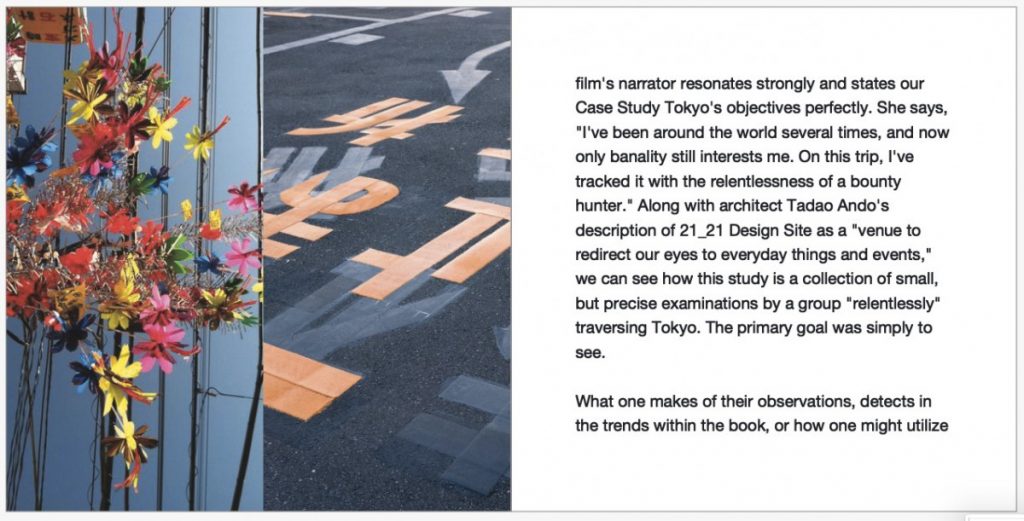
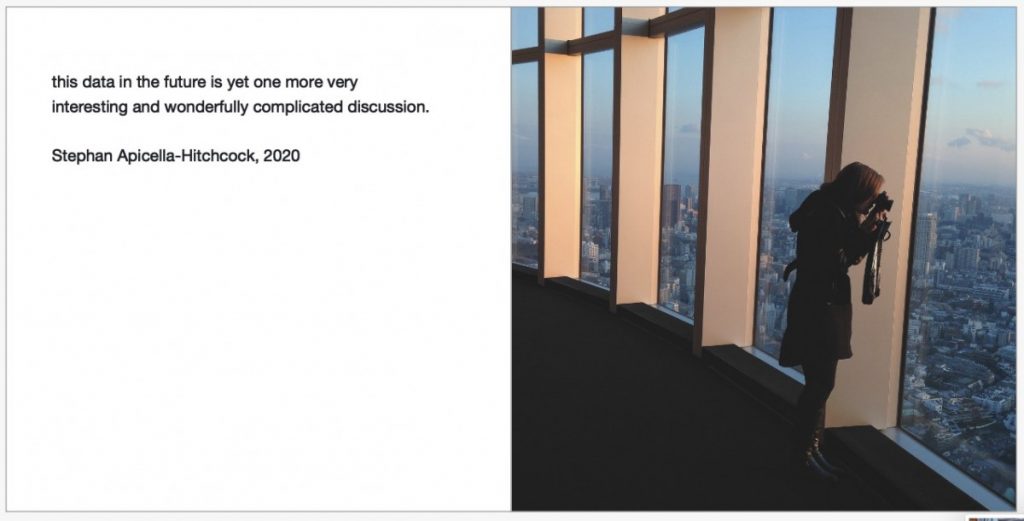
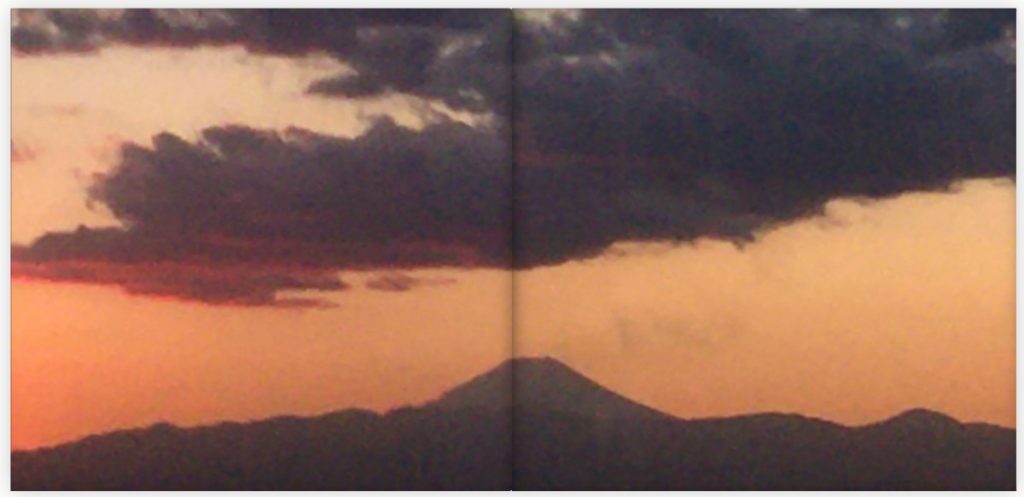


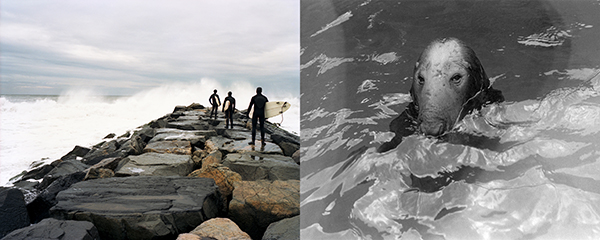
Curator: Stephan Apicella-Hitchcock
The Lipani Gallery
July 10–October 10, 2019
Reception: TBD
Fordham University at Lincoln Center MAP
113 West 60th Street at Columbus Avenue
New York, NY 10023
fordhamuniversitygalleries.com
Fordham University is proud to present a new two-person exhibition of photographs in our Lipani Gallery by Susannah Ray and Kota Sake. Upon immediate inspection, the images by these two photographers could not be any more different in terms of content, style, process, or presentation. However, upon closer inspection, a certain resonance begins to emerge between the two bodies of work.
Both evidence a clear dedication to exploring and documenting their respective topics over an extended period of time. As well, each selection of photographs examines how we utilize our free time, pursue our pleasures, and engage with our passions and pastimes. On the most direct level, both bodies of work clearly have something to do with water; however, none of these possible interpretations quite nails their connection down solidly. This ambiguity should serve as an invitation to come to visit the gallery and see the individual bodies of work, as well as an enticement to ponder their linkages.
This exhibition could be seen as a classic summer gallery show aimed towards pleasing the crowds—in this case, with surfers and animals. Nevertheless, beneath the initial hook of breezy, summer reading are numerous aspects of a more nuanced and provocative nature.
website
Susannah Ray
Right Coast
In fall of 2004, following my growing obsession with maritime weather models, cold-water wax, and 7mm neoprene mittens, I began documenting surfing in New York City. My life as I knew it had succumbed to my constant urge to surf, and it became clear to me that my photography would suffer from neglect if I did not begin to document the new passion that occupied most of my waking thoughts and many of my dreaming ones.
The project title, Right Coast, is a nickname for the East Coast that not only indicates its location on the continental US, but also asserts an underdog’s dreams of superiority. Surfing on the right coast, particularly in New York City’s Rockaway Beach, lacks most of the lifestyle and allure of West Coast surfing. Yet making up for the dearth of good weather, consistent waves, and beautiful surf spots is a community that has a surfeit of heart, dedication, and soul. Or in a word, aloha.
In the fall of 2012, less than a year after I concluded this series, Hurricane Sandy devastated Rockaway Beach, forever altering the landscape and our relationship to the sea. These photographs have become a testament to halcyon days, to a way of life lost, and to a life regained.
Kota Sake
Messengers
Chances are that at any given moment millions of digital pictures of unbearably cute animals are being uploaded to the Internet for viewing and pleasurable consumption. Second probably only to adorable baby pictures, cute animal pictures no doubt pervade our consciousness as we go about surfing the Internet, paying bills, and generating various status updates.
So, in looking at Kota Sake‘s traditional, gelatin silver photographs of animals one must ask why they seem so unfamiliar, resolutely not cute, and at times tragically strange. Considering that we are constantly exposed to such creatures online, in calendars, and in physical form at the zoo, it is an admirable achievement to transform something seemingly familiar into something otherworldly and mysterious.
Suspended in the netherworld of zoo tanks, these creatures glide, drift, sink, and loiter, isolated and mostly indifferent to our presence. There are no Technicolor creatures singing cheerful or cautionary songs for our education and pleasure. Theses creatures exist purely outside of our realm of understanding.
Images: Susannah Ray, On the Jetty, 2005 (L), Kota Sake, Messengers, 2019 (R)
For further information on the exhibition please contact:
Stephan Apicella-Hitchcock

by Stephan Apicella-Hitchcock
The images in this book are selected from a body of work made in the south of Japan over the past ten years. I first started photographing on the small island of Hikoshima in the city of Shimonoseki during visits to see my wife’s family. I wanted to walk where she had walked, gradually discovering a sense of place through observation. After my son was born I continued my walks; however, with him strapped to my chest, my camera in one hand, and a baby bottle in the other. My son and I now walk the island together and he often points out things to me that he thinks would make interesting images, in addition to making his own images with a point-and-shoot camera. It is enormous fun, as well as a means for him to connect to the place in which he was born.
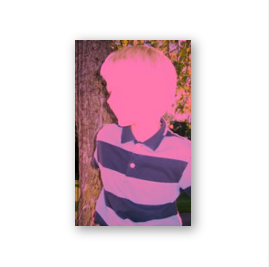
by Anibal Pella-Woo
“History always constitutes the relation between a present and its past”
John Berger, “Ways Of Seeing”
“An individual is no match for history.”
Robert Bolaño, “By Night in Chile”
These images were sourced from over 38,000 images that were rescued or recovered from used, low capacity compact flash memory cards. The cards were purchased online in 2017 and 2018.
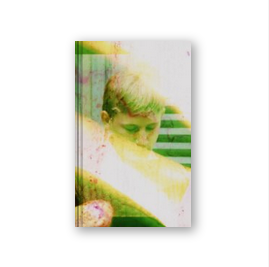
by Mark Street
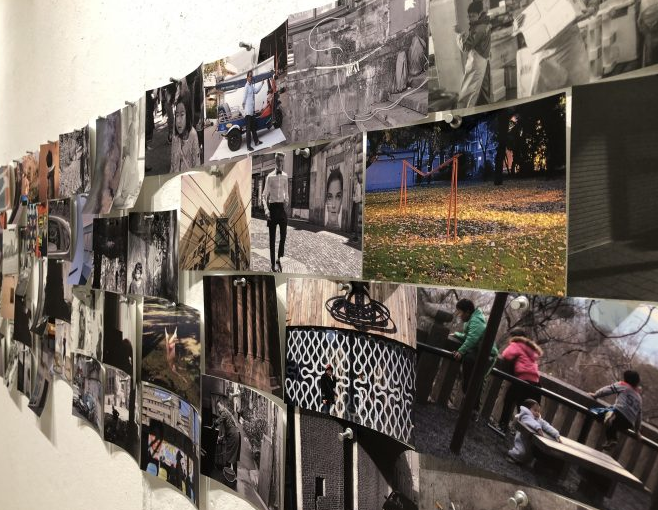
(ANDREW BEECHER/THE OBSERVER)
Lipani Gallery Chronicles the Paths of Fordham Alumni
By EMMA SEIWELL
Contributing Writer
Currently showcased in the Lipani Gallery at Fordham Lincoln Center (FLC) is photography Artist-in-Residence Stephan Apicella-Hitchcock’s exhibition “100 Photography Alumni.” Apicella-Hitchcock has taught photography at FLC for 21 years and has seen a lot of talented students come through the darkroom. This exhibit facilitated an opportunity for these students to showcase their work post-graduation. Some of the contributors graduated last year, others 20 years ago. Alumni submitted a diverse collection of images ranging from urban candids to picturesque landscapes, making for interesting juxtapositions once placed next to one another.
The abstract arrangement of photos was accomplished quite simply. The postcard-sized images were randomly shuffled and placed on the walls. The outcome was a combined vision of life as seen through the eyes of these 100 talented individuals. Spanning two decades, multiple countries, various formats and numerous subjects, the hundreds of photos tacked onto the white walls of Lipani Gallery maintain a curious sense of unity.
The famous French street photographer, Henri Cartier-Bresson, once said: “A photograph is neither taken or seized by force. It offers itself up. It is the photo that takes you. One must not take photos.” By looking at each photo in this exhibition, one can grasp which things in life “take” these photographers. They do not attempt to control the things around them for their benefit. Instead, they surrender to the mayhem of the world and, even further, embrace it.
There is something bound to catch every viewer’s eye. Carrie Mahoney’s nostalgic black-and-white portrait of a young girl with tiger face paint pouting on a swing might incline one to reminisce about childhood. Charlotte Canner’s snapshot of a fallen wooden structure with the words “Buried Alive” painted above its deteriorating doorway leaves one to ponder what these words are referring to or how they got there.
Some images simply please the eyes, such as Aubrey Stallard’s photo of figures dancing. The contrasting colors and patterns in her photograph make for a very engaging composition. Each image in this exhibition is an open-ended, wordless story that leaves any sensitive viewer in a state of wonderment.
Viewers get the chance to take in fleeting moments and disregarded places that would be lost among the mundaneness of everyday life had it not been for their documentation. The exhibition will be on display until the end of October with a public reception on Oct. 17 from 6-8 p.m. “100 Photography Alumni” encourages its viewers to contemplate ordinary phenomena in a more confrontational context. One might realize these occurrences are not so ordinary after all.

This book is the final culmination of the course “Documentary Photography: Japan” offered by Stephan Apicella-Hitchcock through the Department of Theatre and Visual Arts at Fordham University. The course description is as follows: This intensive class is designed as a platform for intermediate and advanced level students to further develop their photographic production with an emphasis on generating documentary projects focusing on the people, culture, and architecture of Japan. The megacity of Tokyo will serve as the starting point for our investigations, with image making itineraries that will take us from the cosmopolitan ward of Shinjuku, to the center of youth culture in Shibuya; and from the cutting edge fashion districts of Harajuku, to the temples and shrines of Asakusa. Concurrent with our photographic explorations we will examine contemporary exhibitions in venues such as the Tokyo Metropolitan Museum of Photography in Ebisu, as well as view the ancient collections housed in Japan’s oldest and largest museum, the Tokyo National Museum in Ueno. Traveling by Shinkansen bullet train at 300 km/h (186 mph), we will make our way south to Kyoto, the nexus of traditional Japanese culture and history with approximately two thousand temples, shrines, and gardens that we can utilize as both the catalyst and stage for our photography. The extraordinary wealth of visual stimuli we will experience in Japan over ten days will certainly inspire, as well as function as the backdrop against which to critically discuss the strategies that photographers employ in communicating their interests.

Take one part working methodology from the famous 1972 book, Learning from Las Vegas: The Forgotten Symbolism of Architectural Form, combine with the megacity of Tokyo, add ten Fordham University Gabelli students, stir for nine days in Japan and what do you get? You get direct acquisition of knowledge through experience with a small team, realized in an online, as well as hardback research volume focusing on branding, sensory marketing, architecture, design, photography, and urban planning.
Get set—Case Study: Tokyo: 2016!
The Case Study Tokyo 2014 book in the Fordham University Library.
Marketing and the City: Tokyo course description.
For more information email Professor Apicella-Hitchcock
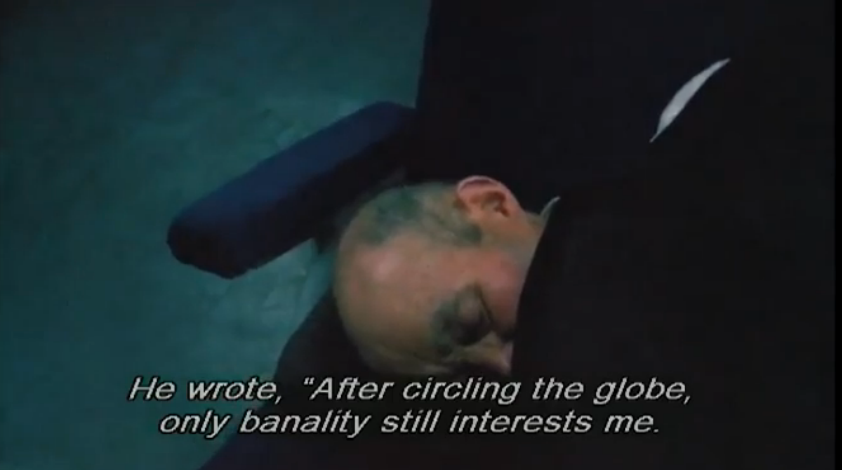
Please join the Fordham University Friends of Films for Photographers and students from the course Documentary Photography: Japan 2015-2016 for a screening of Chris Marker’s 1983 film, Sans Soleil.
Read Chris Marker: Memory’s Apostle By Catherine Lupton
Read the Sans Soleil script
Food and friends are both welcome.